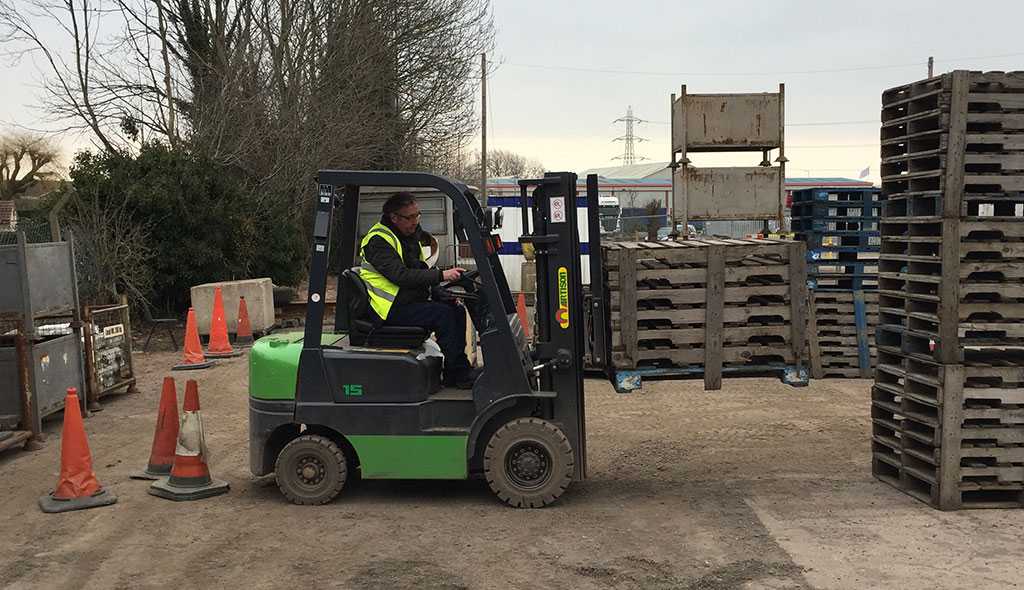Top 10 Forklift Safety Tips
When you operate a workplace which makes regular use of forklifts it is important to make sure that the issue of safety is at the top of your agenda. Accidents can lead to fines, but worse than that, can lead to fatalities.
With a few simple tips you can improve the safety of your premises and protect both forklift drivers and those who work around them. Below are the top 10 recommendations from the team at Euro 1 Training.

10 Tips & Recommendations
1. Clothing
Ensuring your workforce has the right clothing for the job is one of the most basic things you can do. This includes hard hats, high-visibility jackets, appropriate work boots and no loose clothing. This will make them visible, prevent injury and protect them in an accident.
2. Training
Your forklift operators need to know how to operate the machinery which they are in charge of, as well as learn to use it in a safe manner. With proper training from Euro 1 Training your employees can learn to properly operate a range of forklifts including counter balance and side loading lifts.
3. Visibility
This point applies to the people working in the same environment as a forklift, as well as the driver. High-visibility jackets should be worn by all to ensure the driver can properly identify a pedestrian and drive accordingly. Staff should be trained not to walk near the forklift and similarly the driver should not impede their own visibility with a large load.
4. Surroundings
Keep the area in which your forklifts operate clear of debris and stock, this avoids unnecessary accidents. Also, the drivers should get a good idea of their work areas and learn how to best control the vehicle in these places. This way they can keep to the designated areas.
5. At the start
Before actually driving anywhere, a forklift operator should check their vehicle and prepare it for use, ensuring it is fit for them personally. This can include adjusting the mirrors and making sure the seat is comfortable to avoid the driver making these changes later and causing an accident.
6. At the end
Once the driver has finished using the machinery they should park it in a designated area, ensure the engine is off and the keys removed. This allows the next operative to start the same safety procedures over again.
7. Ramps
Ramps are often parts of many warehouses and factories and are especially dangerous to operate a forklift on. It requires the driver to pay even more attention to how they drive, the load they are carrying and which direction they are going in. If a ramp seems unsafe to operate on because it’s too steep or narrow then an alternative should be found, this is due to the increased risk of tipping over the edge or rolling the forklift.
8. Loads
Carrying only the appropriate load is something the driver needs to bear in mind when taking out a task. It should never exceed the weight limit, restrict the drivers view or be balanced unevenly. It should also be noted that carrying people on forklifts amounts to extremely dangerous behaviour.
9. Hazards
Not every warehouse or factory is the same and the driver of a forklift should know their areas well enough to avoid potential hazards such as uneven ground, sharp corners and places in which there are more people and debris around.
10. Inspections
As the supervisor or manager it is your duty to inspect the operating of forklifts on a regular basis. Strict adherence to training and policies must be observed and any deviation should be a warning sign about the vehicle or driver and their suitability for the job. You can order refresher training for those you believe have slipping standards and keep everyone up to date on safety issues.
For forklift training in Doncaster then look no further than Euro 1 Training. We ensure your drivers get the best possible training to ensure the safety of your workplace and the protection of your staff. Contact us today to find out more about the array of courses we offer.
